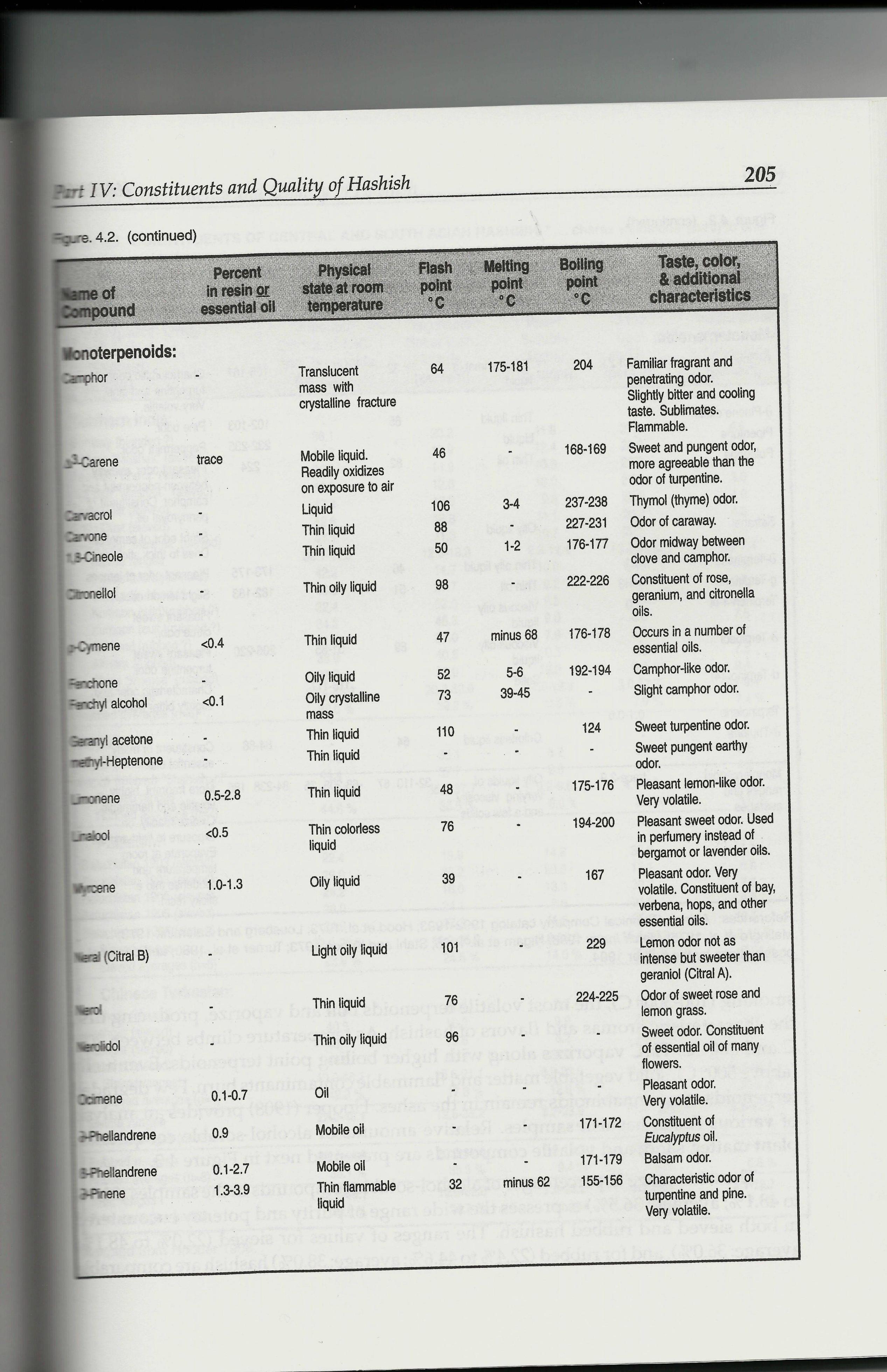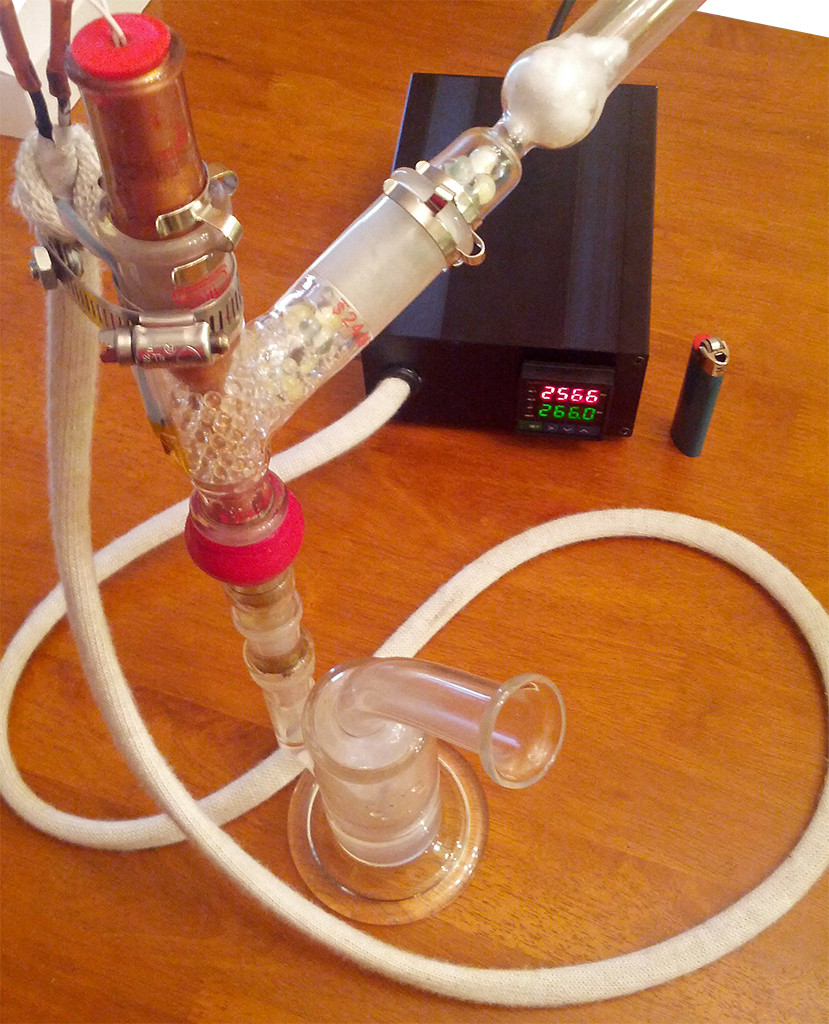Holy shit...we're actually having a conversation about the
cause of vape signatures!?!? We talk plenty about the existence of them, but it's always been a mystery to me. I just know, subjectively, that they exist. I can't explain it, but it sure as hell is there and others have confirmed it. So to get to the 'why' is super exciting! I would love to be able to customize them and make them consistent.
Effects such as turbulent verses laminar flow
Turbulence I get...it keeps the air flow at a more consistent temp. But does it contribute to the venturi effect and its pressure effects? And laminar airflow is a mystery to me. What is it and how can it be created? The MiniVap is the only vape I have that claims to use it, but so what? I can tell you that this vape has one of the strongest signatures I have come across (strong enough to make me question my sanity), and it would make sense if we can prove it creates smaller vapor droplets (see quoted post below).
I have been planning on putting a variable orifice on the inlet of my device. My thought with it was that I could run a smaller orifice to "choke down" the flow so new users will start out in more of the sweet spot.
The Versa Infinity vape had something like this. It had a 'boost' hole (or carb) that would create thicker vapor when used. I didn't totally understand this, and never had a Versa, but I attributed it to an increase in temperature. Maybe that was part of it, maybe it was a pressure difference, but users reported a difference in effect.
We've noticed a significant difference in this regard with using the honeycomb glass screens in our bowls over stainless or titanium screens due to the thermal mass difference between them. The honeycomb glass screens are so much thicker than stainless or titanium mesh so will accumulate heat creating a conductive heat field
I have a teflon core and a glass core MiniVap. The thinking was the glass would taste better. imo, the teflon tastes better. We think this is because the glass is retaining more heat and messing up the temp of the air stream. The difference in taste is that the spent taste comes sooner with the glass core. The teflon units can use a metal insert to increase thermal conductivity and create some conduction effects for those seeking that. I have always thought differences in effect had to do was a conduction vs. convection heat. But it sounds like pressure may have more to do with it (see quoted post below).
The" vape signature" is a great way of putting it --- nice work Stickstones. This is something that can be explained with the size of the vapor droplets which affects where they deposit, i.e. in the mouth/oral cavity where you'll have the most mouth feel/flavor sensation (larger droplets --- condensed faster --- cooler apparent temp) or deeper in the tracheobronchial tree (smaller droplets --- condensed slower --- higher apparent temp) where you'll get improved pharmokinetics, aka PK (more making it into the bloodstream). This is why a well packed medium grind bowl in our system always delivers the best of both worlds with the first melt on the top of the bowl and along the sides or looser packed sections if unevenly packed going at slightly lower temp and condensing faster for greater organoleptics (fancy name for mouth feel/taste) and the rest heating up a bit more for smaller droplets that don't condense as fast so go deeper for improved PK. Of course, this can all be played with simply by altering not just the base heater temp, but the apparent temp at the point of extraction via faster or slower pull rates. Technique pays the bills and can always make functional differences in what is extracted and how (where) it is delivered with all vaporizer designs I'm aware of even ones that have engineered in ways to compensate for variable flow rates resulting from pull preferences and different techniques (just perhaps less so or with different levels of predictability). This is why I've grown to favor simple analogue control (element cycles based upon thermocouple input) with high thermal mass at the heat exchange surface for temp stability (Vrip VHW and VapeXhale for instance) instead of digital control with low mass heaters --- that said if you want to go really small and portable you don't have the thermal mass option so the better the digital control and the more tuned the user to the way it adapts (or doesn't adapt) to changing flow rates the better the results will be.
Have you been able to zero in on a technique that maximizes PK? If you are right, then that seems like what we should be seeking.
This is exciting stuff! My first observance of vape signatures came when I would use a vape exclusively for a couple of weeks and then switch to a different one. The different one always hit me like a freight train and I attributed it to my system getting used to whatever the last signature was. So I have been using different vapes to help keep my tolerance in check and my consumption efficient. I know this works, but I can't explain why...my tolerance theory may be bullshit. But if we can get consistent and noticeably differing signature effects from one vape by altering our grind, filtration, draw speed, etc. the sky's the limit!
I'm particularly interested in how this pressure thing plays into all this...
 .
. .
.



